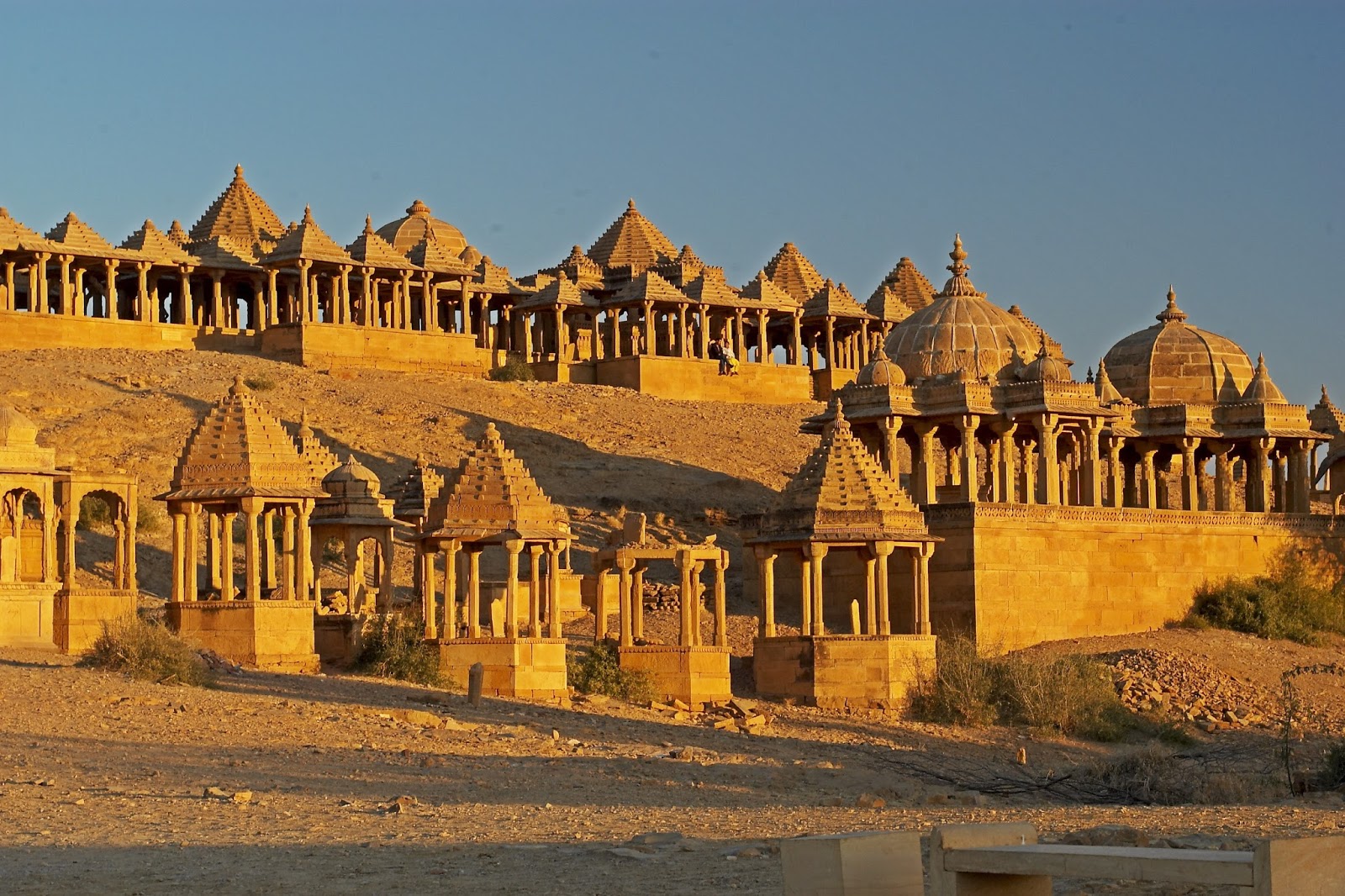
Rajasthan Royal Tourism is a premier holiday company dedicated to offering vacationers a remarkable experience across this regal land. Concentrating on curated scenic tours, Rajasthan Royal Tourism has actually developed its credibility by supplying a series of carefully crafted travel plans that deal with a varied set of preferences, from experience applicants and culture fanatics to honeymooners and household tourists.


Unbeatable rates, top quality, tailored solutions, exceptional value, savings!
Exceptional quality, reliable support, tailored solutions, timely delivery.
Global reach, seamless service, trusted solutions, reliable support.

Book your ideal hotel with ease, explore top destinations, and enjoy a seamless, unforgettable travel experience with us.

Explore our curated tour packages, offering unforgettable experiences, and hassle-free travel planning for your next adventure.

Rent a car with ease for your travels. Choose from a variety of vehicles and enjoy flexible, affordable, convenient rentals

Jaipur, the capital city of the Indian state of Rajasthan, is known for its rich history, vibrant culture, and stunning architecture. If you’re planning a sightseeing tour in Jaipur.

Ajmer and Pushkar are two popular destinations in the Indian state of Rajasthan, known for their cultural and religious significance. Here’s a brief overview.

Ranthambore National Park is a renowned wildlife sanctuary located in the state of Rajasthan, India. It is known for its diverse flora and fauna, with a particular focus on preserving.

A Royal Rajasthan Tour Package typically offers a comprehensive and culturally rich journey through the northwestern state of Rajasthan in India.



At Rajasthan Royal Tourism, our goal is to create memorable trips by ensuring our guests enjoy every aspect of their travel in the incredible state of Rajasthan. We offer a variety of holiday packages tailored to your interests, including Fair Festival Tours, family travel, wildlife safaris, adventure trips, luxury tours, honeymoon packages, and budget travel options.
F-149 CITY PLAZA MALL, Space Cinema, Jhotwara Road, Bani Park, Jaipur, Rajasthan 302016 Rajasthan (India)
+91 8209423763
+918739900831
info@rajasthanroyaltourism.com
rajasthanroyalstourism@gmail.com
Copyright © Rajasthan Royal Tourism. All Rights Reserved.